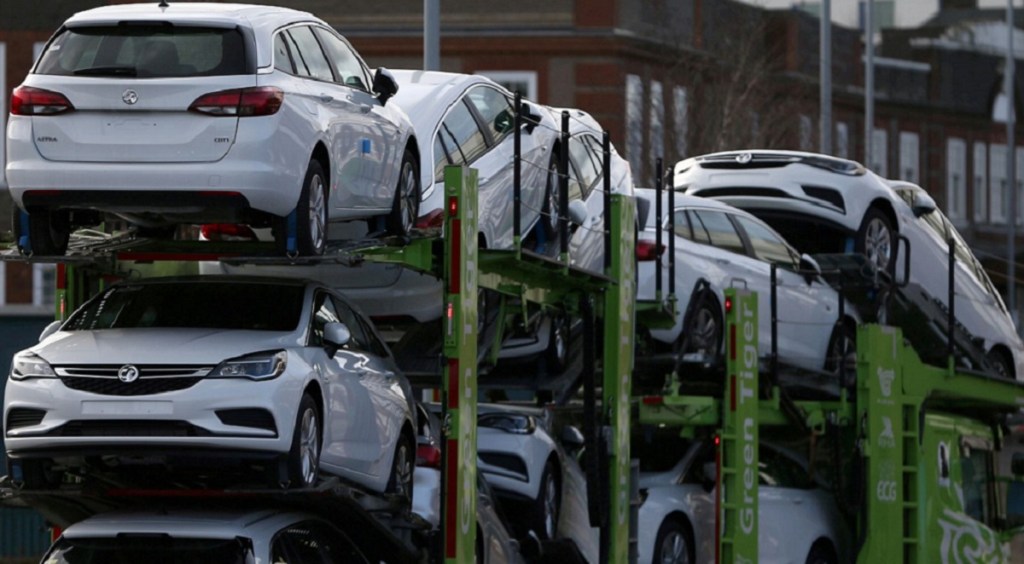Surpassing the pre-pandemic peak of 40.5 lakh units of passenger vehicles (PV) sold, overall sales of PVs will grow 9-10 per cent on-year next fiscal to reach around 50 lakh units, according to a report by CRISIL. The peak, expected to be crossed this fiscal, will be the highest sales achieved by domestic PV original equipment manufacturers (OEMs). The growth in order booking is being driven by pent-up demand and higher incomes and this is being seen especially in the case of sport utility vehicles (SUVs).
“Sharper focus of OEMs on SUVs, including compact SUVs, fuelled by customer preference, is driving growth, even as sales of sedans and entry level passenger cars remains sluggish,” said Anuj Sethi, Senior Director, CRISIL Ratings. He added that export growth is expected at 2-4 per cent, courtesy the restrictions on repatriation of foreign exchange and high inflationary trends in export markets.
The report maintained that the easing availability of semiconductors will support the growth in the domestic market even as export growth remains sluggish. The volume growth along with a moderating commodity price will help better the operating leverage, and this will help original equipment manufacturers (OEMs) offset the increase in costs, the report said. This will further help improve the operating margin to 9-10 per cent in the next fiscal from 8.0-8.5 per cent this fiscal.
For the current fiscal, domestic PV volume growth is estimated at 24-26 per cent and this will be driven by pent-up demand and order backlog due to the shortage of semiconductor last fiscal. In the first 10 months of this fiscal, domestic sales accounted for 85 per cent of PV volume and the remaining for exports.
Growth of EVs
The report further said that EVs are growing at a strong rate, showcasing over 170 per cent growth over the last two years through fiscal 2022. This is courtesy the tax incentives being offered to boost the adoption of EVs. Despite this, the overall share of EVs in PV sales remains relatively low (around 1 per cent).
Effect from ease in raw material prices
The prices of key raw materials like steel, aluminium, and rubber, which were high until the first half of this fiscal, have moderated over the past five months. Also, there have been multiple price hikes by OEMs and strong volume growth, which will drive up operating margin by 100-200 basis points (bps), to ~9-10 per cent next fiscal. “With demand sentiments remaining healthy, OEMs have resumed creating a pipeline for future launches, including EV models. Hence, capital spending is estimated to increase ~54 per cent to ~Rs 27,000 crore in fiscals 2023 and 2024 compared with the previous two fiscals. Still, healthy cash generation and strong liquid surplus will ensure external borrowings remain low,” said Naren Kartic.K, Associate Director, CRISIL Ratings.
